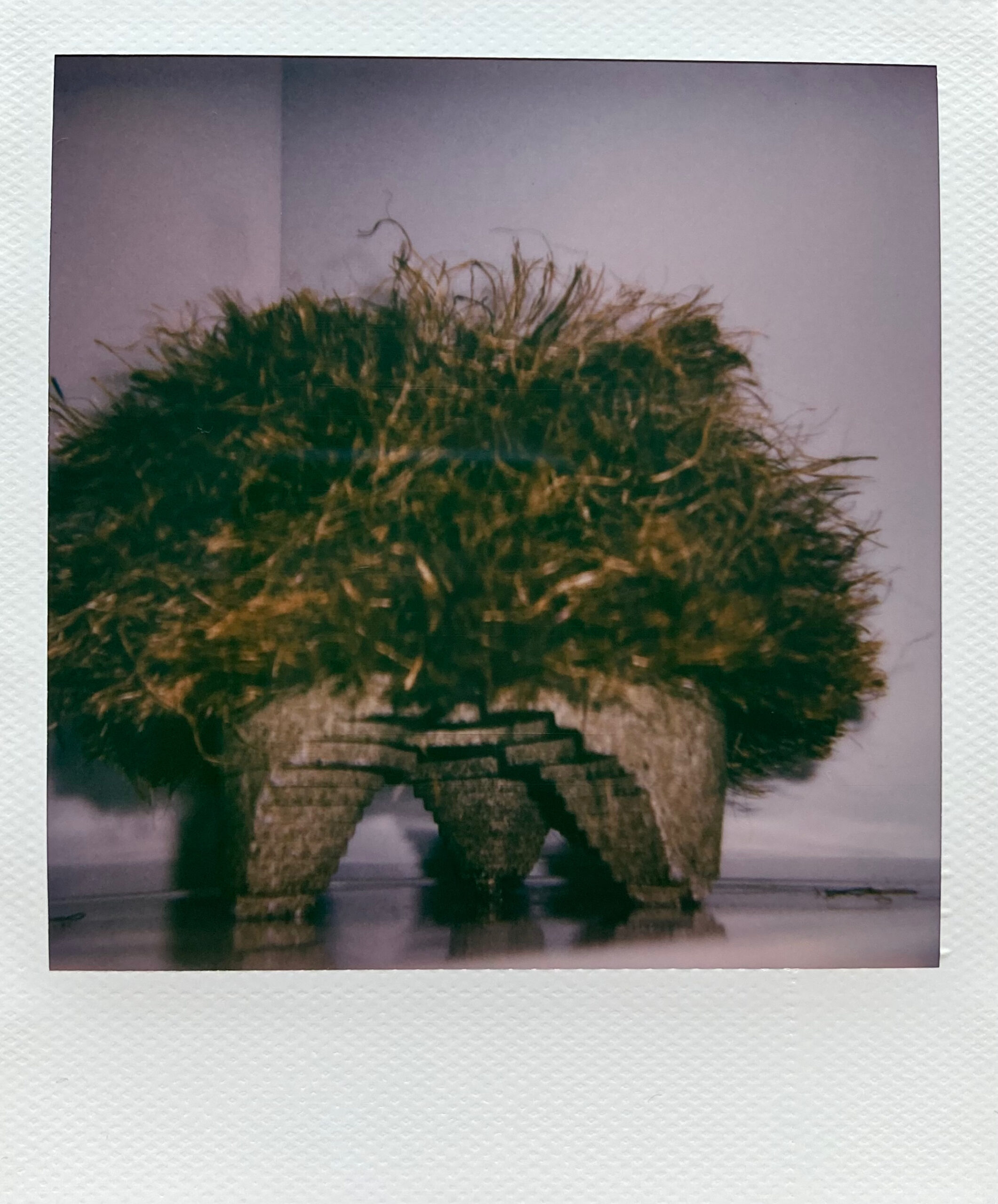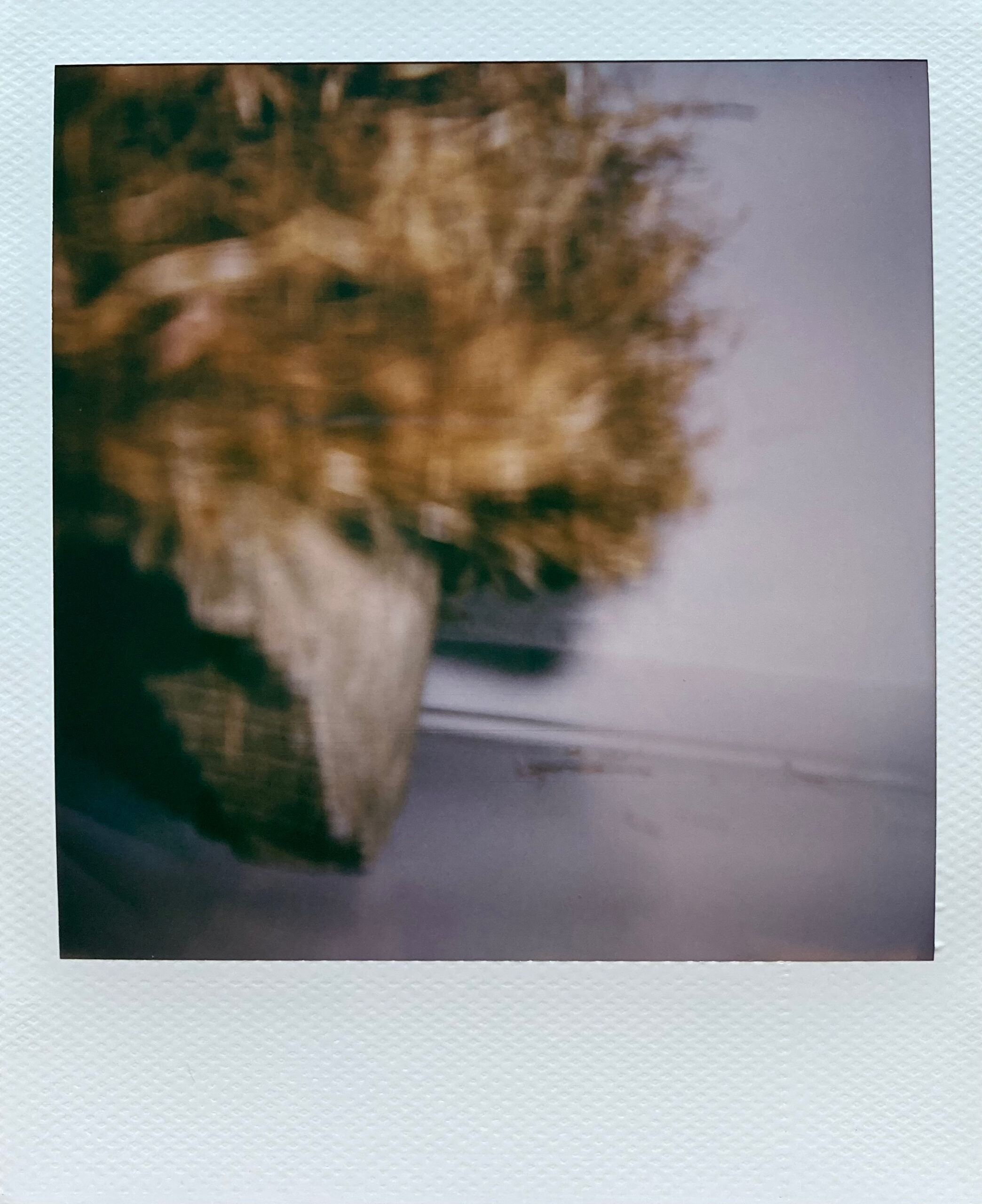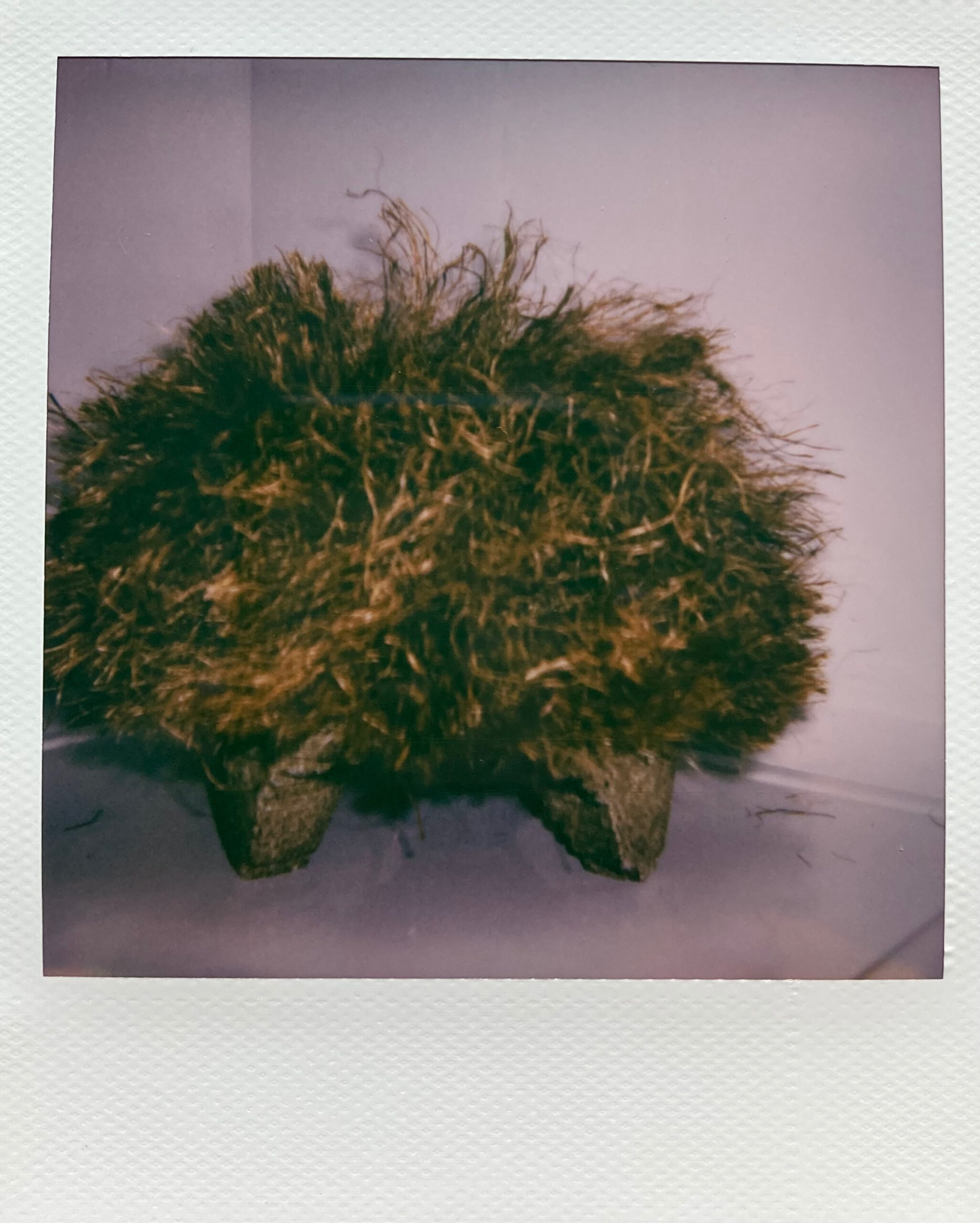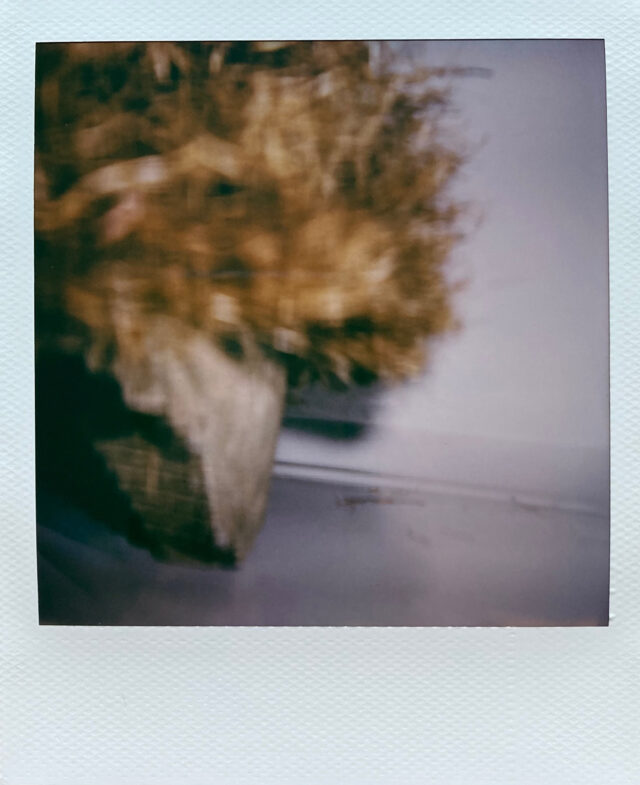I’d like to begin this post by reiterating what exactly my research is. Artistic Collaboration as Multispecies Ecojustice: The American Eel and Meaning Making suggests the value of interspecies engagement to continued species survival in the face of planetary crisis, specifically through an arts practice collaborating with the American Eel in the New York Harbor. The eel, largely removed from post-colonial Western diets and divorced from mainstream cultural symbolism and association, is left in the lurch as they face increasing threats from human activity. Engaging with this species through art-making could be a way of reaching across the several obstructions (literal and metaphorical) that part us.
This past month, my research has seen some promising shifts in the face of obstruction. I had the pleasure of collaborating with Mauricio Gonzalez, Director of Marine Biology and Environmental Monitoring at the Urban Assembly New York Harbor School, as well as a few of his bright and curious students. Mauricio helped me secure a location to deploy my eel mop, as well as offer guidance with regards to my findings. Due to constraints imposed by Governors Island, I have only been able to check my mop once so far. While there were no eels, I did find a huge cluster of mature sea squirts as well as a juvenile mussel. The fact that any organisms are attracted to the mop at that location is promising, however. That means it’s all the more likely I’ll be seeing an eel any day now.
Enlarge

Jesse McLaughlin
In the meantime, I’ve been working on the artistic component of my research. In spending time with Mauricio, he began sharing his thoughts on the eel mop I had built with the Hudson River Park River Project. Never having seen, heard of, or used an eel mop, he approached the tool with fresh eyes. He noticed that the materials were problematic for marine and estuarine organisms; polypropylene rope releases microplastics and conventional concrete affects pH. I had also noticed these things during the build but refrained from any heavy critique, as this was the model supported by the Department of Environmental Conservation. Mauricio encouraged me to begin designing an eco-conscious eel mop to propose to the DEC as their new model for monitoring purposes. He gave me supplies such as hemp rope and Eco-ncrete, as well as invited his students to help me brain storm new designs.
I began thinking about the original model and the jobs of each of its parts. I considered shape and desirability (fun fact: most organisms prefer specific geometries over specific materials), as well as durability (plastic’s best and worst quality). I decided I wanted to create an art piece that integrates “Eel Knowledge” (information, skills, or answers that originate from the animal’s body instinct, experience of space and time, and other considerations) and suggests a future that supports responsible interspecies engagement.
Through that process, I developed “Mop Critter.” “Mop Critter” is a sculpture/design piece that engages with new ways of interspecies contact, as well as being a prototype of the eco-conscious eel mop model I plan to propose to the DEC. This reconfiguration of the eel mop rejects the use of ecologically-damaging materials in tools used to closely monitor marine and estuarine organisms. Typically made from frayed polypropylene rope and conventional concrete, the eel mop releases micro plastics and alters the pH of the water in which it is deployed. “Mop Critter” invites the possibilities of interspecies collaboration with frayed hemp rope tied using dozens of “eel knots”(knots that mimic the tight configurations that eels wrap their bodies into when stressed) and pH neutral concrete molded into spawn-positive geometries.
Enlarge

Jesse McLaughlin
Since building “Mop Critter,” I am considering new ways to interpret a recognition of form through a critical making process. As I continue to chip away at my research paper, I plan to continue developing one or two other works that integrate these considerations.
Enlarge

Jesse McLaughlin
